
Modular construction has become increasingly popular in recent times. A lot of it has to do with improvements in industry technology and workforce skills. Adopting ideas from other industries and introducing Project Management techniques to deliver a more efficient outcome is driving construction professionals to ask; How can we improve this? at every step of the way.
In the recent panel discussion “Furthering the Use of Modular Construction Using BIM” from The Festival of BIM & Digital Construction, Amy Marks, Head of Industrialized Construction Strategy & Evangelism at Autodesk Construction Solutions, also the moderator of the panel discussion, described the current megatrends in the construction industry as follows: Big Data & Analytics, Robotics & Automation, Prefabrication, IoT, and Additive Manufacturing.
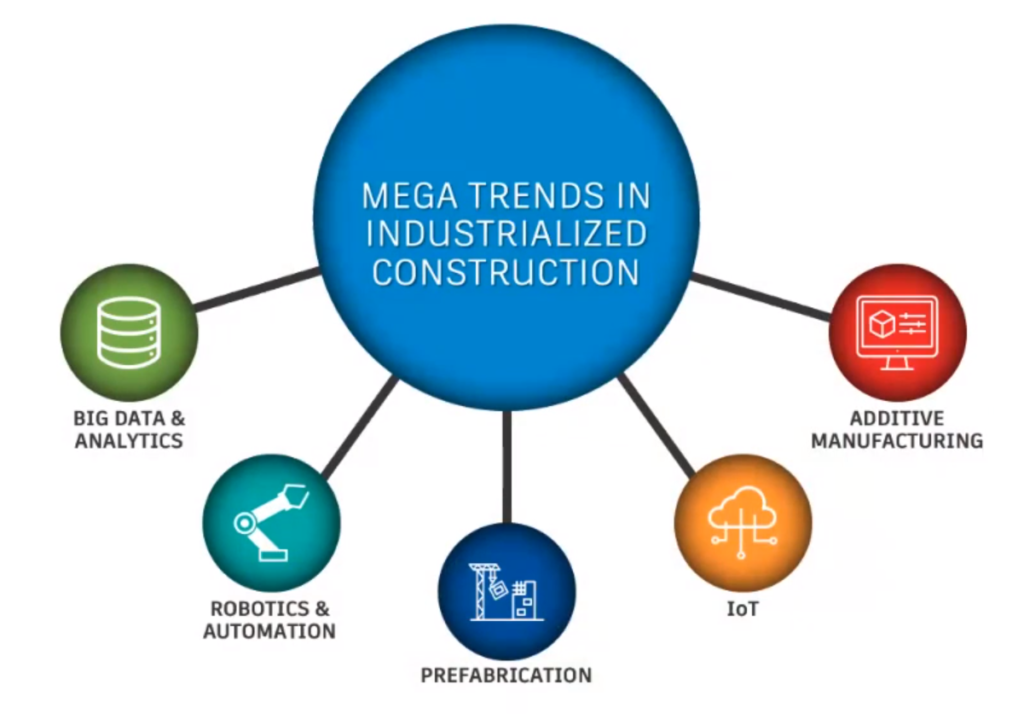
The panel discussion on furthering the use of modular construction using BIM covered a lot of key elements regarding the rising reliance of the modular industry on BIM. Amy compared BIM to the Autobahn (a federally controlled-access highway system known for its lack of a mandated speed limit) and all our workflows/techniques as the cars that drive on the Autobahn. The introduction also sheds light on the Prefabrication Continuum.
Prefabrication Continuum is a broad term that encompasses the creation of building elements in a controlled environment that are transported to their final destination preferably installed on-site using accelerated assembly methods.
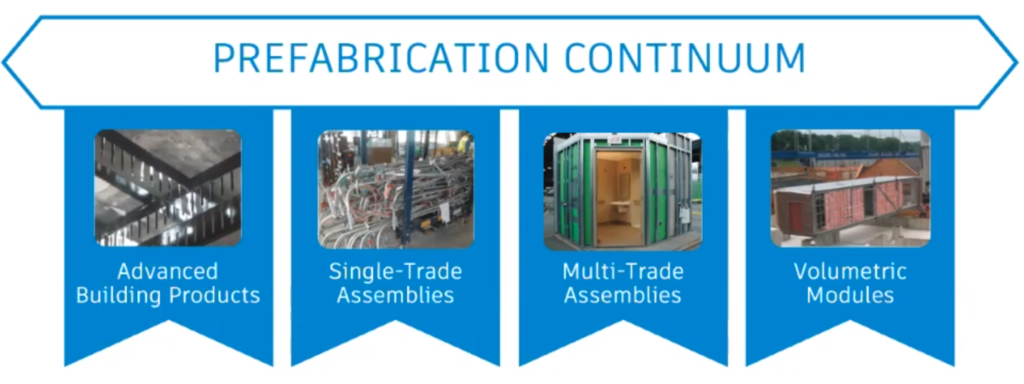
- Advanced Building Products: These include products that reduce drying time, curing time, welding efficiency, and waiting time. These products are often part of the specifications and result in improving process efficiency.
- Single Trade Assembly: As the name suggests, these products are focused on a single trade. Pipe spools and light gauge wall panels are instances of single trade assembly. Often, subcontractors are the responsible party for these assemblies.
- Multi-Trade Assembly: Multi-trade assembly involves multiple trades as a part of their assembly. Bathroom pod is one such example for a Multi-trade assembly.
- Volumetric Module: Volumetric modules are modules that build a modular structure. If applicable, it will include elements from all of the above.
During the panel discussion, there were two polls taken from the audience regarding the prefabrication continuum, the first poll question was the current relative use of assembly methods mentioned in the prefabrication continuum and the second poll question was the future use of the different assembly methods. The audiences posted an even score for all methods in the first poll, however, the volumetric modules got the most votes for the second poll. The polls highlighted how the industry professionals have put their interests and faith in the rising popularity of the volumetric modules.
Design for Manufacturing & Assembly (DfMA)
DfMA is a design methodology to enable and optimize prefabrication through a set of design choices (principles). It comprises of Design for Manufacturing (DFM) and Design for Assembly (DFA).
An example of a panel installer was discussed, who would abide by a set of instructions for the designer to follow. There were incentives in form of discounts that would be offered for the designer if they would include a certain number of minimum set of instructions from the panel installer. The instructions were laid out such that it would make the panel assembly more effective to install.
Disassembly & Reuse (DfMA–DR )
It is defined as a design methodology to enable and optimize prefabrication aligned with the circular economy. It means that the methodology promotes reusing and technological swaps between different assemblies as shown in the image below:
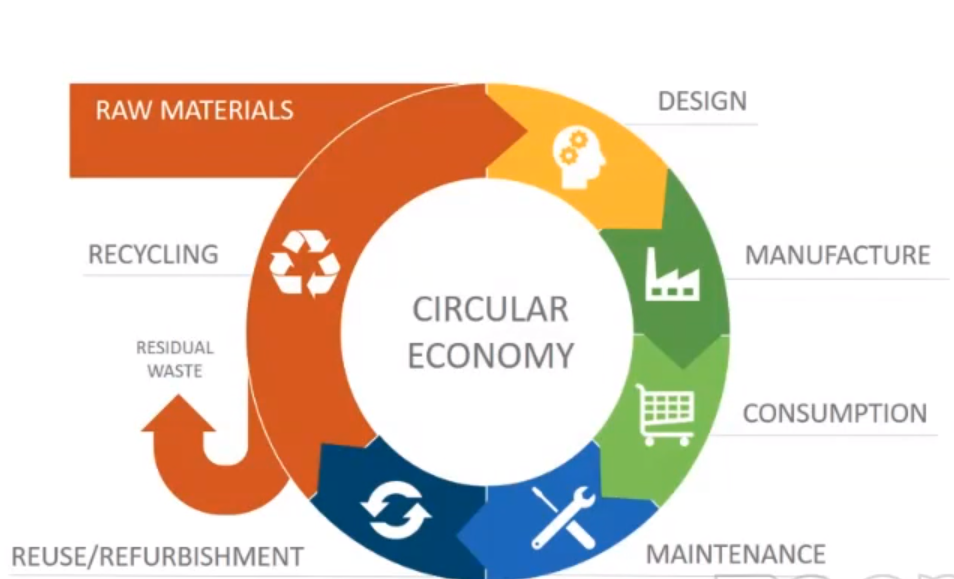
The panel discussion was very insightful and touched upon a lot of interesting topics mentioned above such as Prefabrication Continuum, industry mega trends, and DfMA that are beneficial to the industry personnel interested in adopting BIM for modular construction. The Q&A session covered a few interesting topics as well like the panel member’s advice to the newcomers to the BIM Modular world. Steven Eglinton (Global Tutor & Speaker, Director of BIMEnable & GeoEnable, Principal Tutor in BIM, Institution of Civil Engineers), suggested the focus to be on overall purpose, high-level processes, and process improvements. Steven talks about how technology has improved and now there is a dire need for education in adopting the technology.
Ian Peter Atkins, BIM Manager at Populous, urged the newcomers to engage with curiosity and efficient communication. Bridget Proulx, BIM Manager at Kitchell Contractors, called the importance of having efficient translators between different teams. Julide Bozoglu, Design and Construction Technologist at Illinois Institute of Technology, with her experience in the academia and industry, understands the importance of cross-functional teams in achieving efficient results.
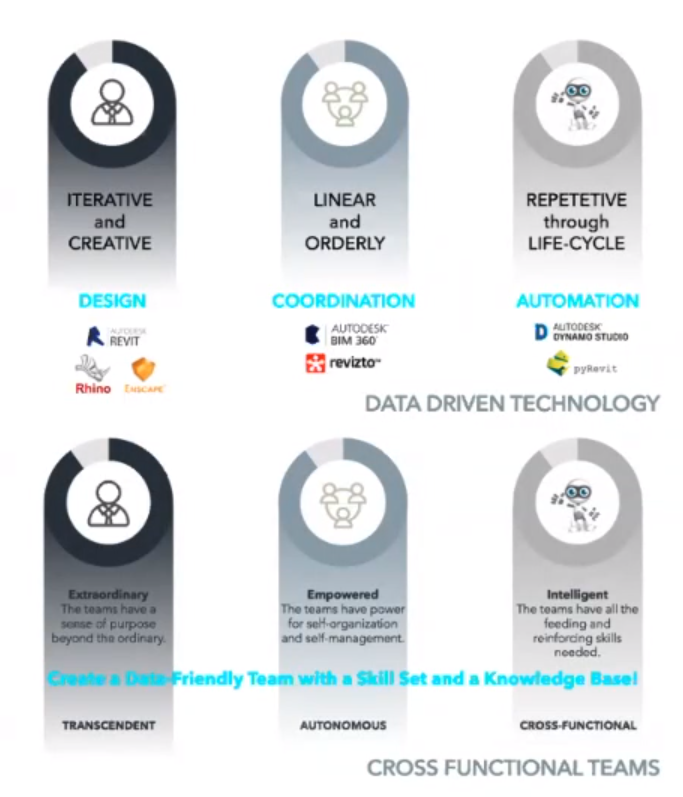
Amy urges the newcomer to get on the cloud and adopt BIM in their workflows as soon as they can. She believes that process, culture, and leadership can enable teams to meet all prefabrication goals.
Despite playing different roles in their day to day lives, the panel collectively believes that the Designers and General Contractors both should understand each other’s roles better in addition to understanding their own roles. This will generate a better understanding of the overall process, help in identifying bottlenecks in the process, and achieve effective collaboration to resolve and predict issues.
ENGworks’ goal to push BIM workflows matches the need for integrated modular teams. ENGworks can help clients design, model, and coordinate volumetric modules that meet predetermined standards thereby delivering a design that improves the construction processes. Contact us today to help you get started with your next project.
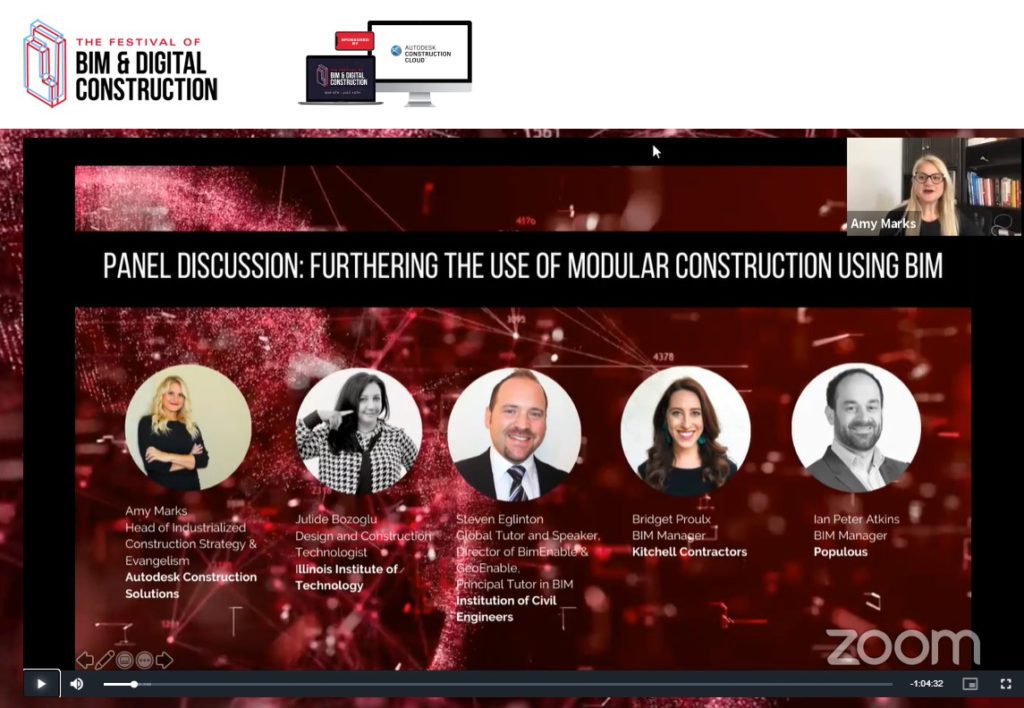
Please also connect with us on our social media platforms below to stay up to date with our announcements.




